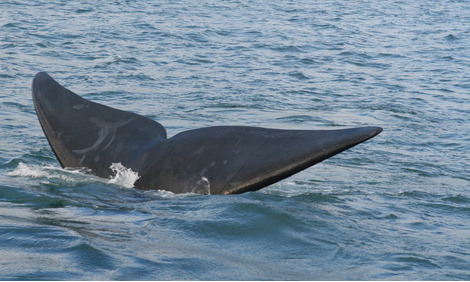Cookies: información breve y seguimos
La página web de JBL también usa varios tipos de cookies para poder ofrecerle una funcionalidad completa y muchos servicios: las cookies técnicas y funcionales son imprescindibles para que todo funcione cuando visite esta página web. También empleamos cookies para el marketing. Así podemos reconocerle cuando vuelva a visitar nuestra amplia página, medir el éxito de nuestras promociones y, mediante cookies de personalización, también podemos llamar su atención de forma individual, directa y adaptada a sus necesidades incluso fuera de nuestra página web. Usted puede determinar en todo momento –incluso con posterioridad– qué cookies desea permitir y cuáles no (más información en «Cambiar configuración»).
La página web de JBL también usa varios tipos de cookies para poder ofrecerle una funcionalidad completa y muchos servicios: las cookies técnicas y funcionales son imprescindibles para que todo funcione cuando visite esta página web. También empleamos cookies para el marketing. Usted puede determinar en todo momento –incluso con posterioridad– qué cookies desea permitir y cuáles no (más información en «Cambiar configuración»).
En nuestra política de privacidad obtendrá información de cómo tratamos sus datos personales y la finalidad de dicho tratamiento de datos. obtendrá información de cómo tratamos sus datos personales y la finalidad de dicho tratamiento de datos. Rogamos que confirme el uso de todas las cookies pulsando «He tomado nota» para poder continuar.
¿Es mayor de 16 años? Entonces confirme el uso de todas las cookies pulsando «He tomado nota» para poder continuar.







